
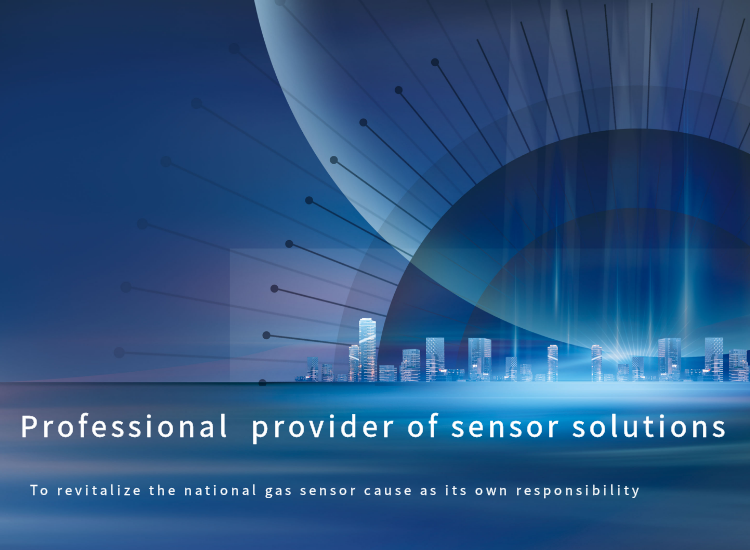
 Products
Products Alcohol Sensor
Alcohol Sensor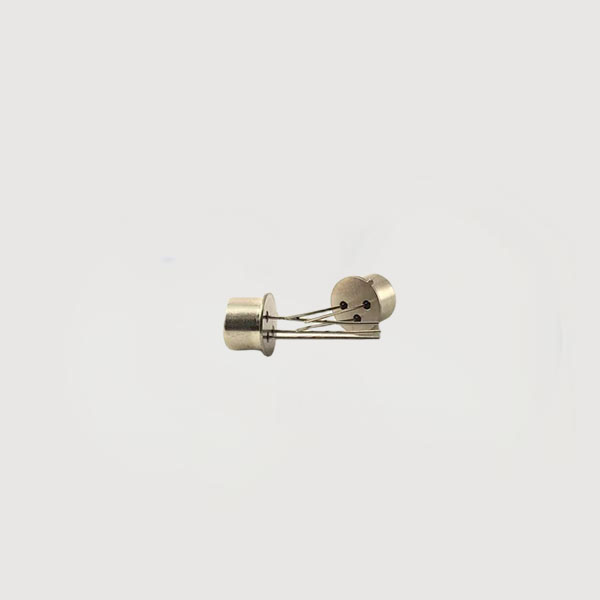
Application:
It has high sensitivity and fast response to alcohol, and is suitable for portable alcohol detectors and automobile ignition systems, etc.Product characteristics:
high sensitivitymDescription
The gas-sensitive material used in the MQ-D3B gas sensor is a semiconductor material with low conductivity in clean air. When alcohol vapor exists in the sensor's environment, the sensor's conductivity increases with the increase in the alcohol gas concentration in the air. A simple circuit can be used to convert the change in conductivity into an output signal corresponding to the gas concentration.
Product images
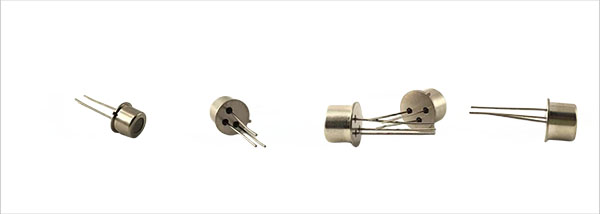
Technical specifications
| Model | MQ-D3B | ||
| type | Semiconductor gas sensor | ||
| Standard packaging | metallic packaging | ||
| tracer gas | Alcohol | ||
| Detection concentration | 20~500ppm | ||
| Standard circuit conditions | loop voltage | VC | ≤6V DC |
| heater voltage | VH | 0.9V±0.1V AC or DC | |
| load resistance | RL | adjustable | |
Sensor characteristics under standard test conditions | Zero point | Vo | 0.01-0.45V |
| sensitivity | Vs | 1.0-2.5V(125ppm alcohol) | |
| Concentration slope | α | ≤0.6(R300ppm/R50ppm alcohol) | |
| standard test conditions | Temperature, humidity | 20℃±2℃; 55%±5%RH | |
| Standard test circuit | VC :3.0V±0.1V; VH :0.9V±0.1V | ||
| preheating tim | Not less than 48 hours | ||
Basic Test circuit
Storage time and corresponding aging time
| Storage time | Recommended aging time |
| Less than one month | No less than 48 hours |
| 1-6 months | No less than 72 hours |
| 6 months and above | No less than 168 hours |
Application
It has high sensitivity and fast response to alcohol, making it suitable for portable alcohol detectors and automotive ignition systems.
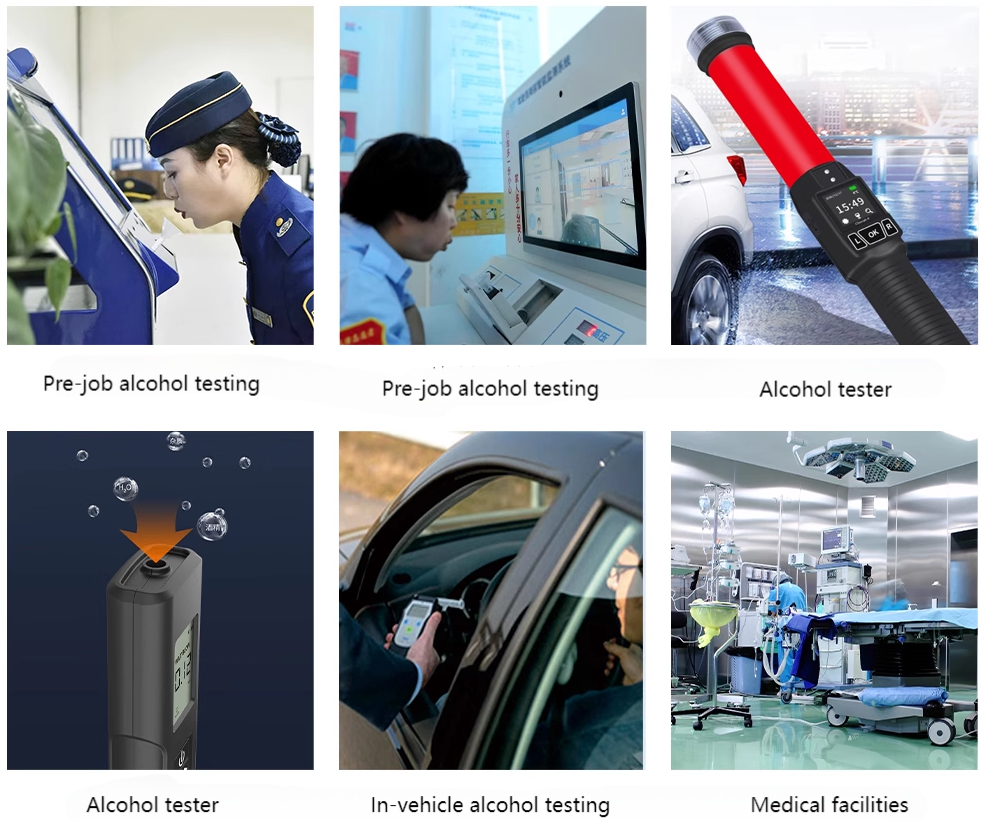
Production workshop

Certificate Qualification
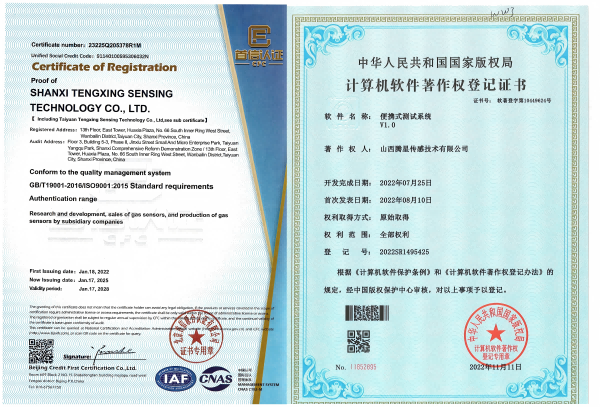
TenSensor, China's first listed gas sensor company,Tensensor can provide more than 100 varieties of six series including:
semiconductor gas sensor
electrochemical gas sensor
infrared gas sensor
dust sensor
pyroelectric sensor
thermopile sensor, etc.
which can be used for more than 200 kinds of gas and infrared, dust and other indicators detection, widely used in the field of security for detecting gas leakage, noxious gas leakage, smog and fire, the field of family, office and factory for detecting HCHO, VOC, CO2, PM2.5 and so on.
Moreover, the solutions for security, household electrical appliances, consumer electronics, smart home, instruments and meters are available.
For more information about MQ-D3B sensor, please contact account manager.
TEL:0086-0351-5249552
Whatsapp:+86 18335818384
Email:[email protected]
Request Consultation